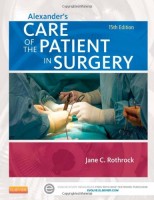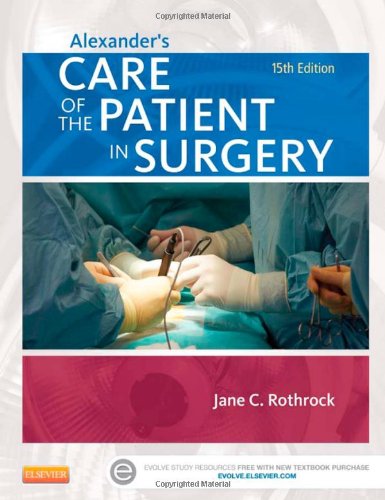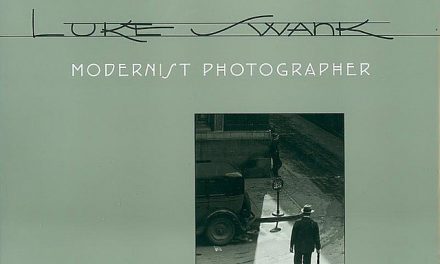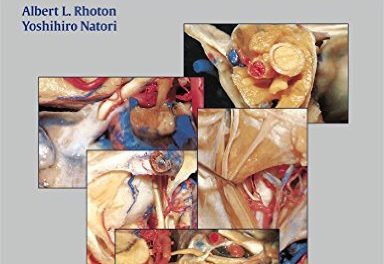 Editor: Jane C. Rothrock, PhD, RN, CNOR, FAAN. Associate Editor: Donna McEwen, RN, BSN, CNOR (E)
Editor: Jane C. Rothrock, PhD, RN, CNOR, FAAN. Associate Editor: Donna McEwen, RN, BSN, CNOR (E)
Publisher: Elsevier – 1226 pages
Book Review by: Nano Khilnani
This book, now in its 15th edition, has been a standard and comprehensive reference for perioperative nurses for more than 50 years. The multimedia – online and video – resources were added to this massive print textbook with the 13th edition. Hence, it has become a much more valuable source of learning and practical information in its field.
The listing below of its 30 chapters gives you a very good overview of what is covered in this large textbook, including some updates from its last edition.
Unit I: Foundations for Practice
- Concepts Basic to Perioperative Nursing
- Patient Safety and Risk Management
- Workplace Issues and Staff Safety
- Infection Prevention and Control
- Anesthesia
- Positioning the Patient for Surgery
- Sutures, Needles, and Instruments
- Surgical Modalities
- Wound Healing, Dressings, and Drains
- Postoperative Patient Care and Pain Management
Unit II: Surgical Interventions
- Gastrointestinal Surgery
- Surgery of the Liver, Biliary Tract, Pancreas, and Spleen
- Hernia Repair
- Gynecologic and Obstetric Surgery
- Genitourinary Surgery
- Thyroid and Parathyroid Surgery
- Breast Surgery
- Ophthalmic Surgery
- Otorhinolaryngologic Surgery
- Orthopedic Surgery
- Neurosurgery
- Reconstructive and Aesthetic Plastic Surgery
- Thoracic Surgery
- Vascular Surgery
- Cardiac Surgery
Unit III: Special Considerations
- Pediatric Surgery
- Geriatric Surgery
- Trauma Surgery
- Interventional and Image-Guided Procedures
- Integrative Health Practices: Complementary and Alternative Therapies
Appendix A: Laboratory Values
Thirty-three professionals from all over the United States authored the chapters of this book. Most contributors are registered nurses (RNs) while others are holders of BSN, MSN and CNOR degrees. Some are also specialists in a number of medical specialties, with PhD degrees.
Organization of the materials used in chapters is excellent. As an example, let’s look at chapter 8: Surgical Modalities, written by Kay A. Ball, associate professor in the nursing department of Otterbein University in Westerville, Ohio.
At the beginning of this chapter Ms. Ball discusses the different means of surgery these days, with special emphasis on less-invasive procedures such as laparoscopy (sometimes referred to as endoscopy), other types of minimally invasive surgery (MIS), the use of video technology in surgery and diagnostic procedures such as colonoscopy, and other means used in surgery.
The laparoscope became widely used in surgeries in the late 1980s and eliminated the need for making large incisions and outflow of blood. Over the years surgeons and nurses have accessed a growing base of MIS knowledge and technologies and acquired new skills through practice. Among the benefits of minimally-invasive surgery for patients are:
- Faster recuperation
- Lower rates of surgical site infections
- Reduced postoperative pain
- Shorter hospital stays
Endoscopes, and the different kinds available and their uses, are then discussed in this chapter, with photos provided of a variety of them, including a rigid endoscope, a flexible colonoscope, and operative laparoscope. An instrument that is a light source and universal light cables are also shown in this chapter.
Among the other instruments shown in this chapter are: balloon dissecting instruments; cannulae: disinfection processors; dissectors with jaws that open to divide and separate tissue; endoscopic fan retractors; endoscopic needle holders that transfer needles from one prong of the jaw end to the other; endoscopic rotating clip appliers; endoscopic scissors; endoscopic stapling devices; grasping instruments; linear cutters with reloading units; surgitie ligating loops; and trocars.
In this chapter, Ms. Ball provides captions below photos and discusses in the text the uses of the various surgical instruments. Other study aids such as boxes, charts, drawings, schematics, and tables are used as well, to help you the student or practitioner learn more quickly. Small boxes with colored shaded backgrounds are also provided. Some of the common ones used are: Ambulatory Surgery Considerations, Evidence for Practice, Patient-Centered Care, Patient Safety, and Research Highlight.
At the end of each chapter, you will find the following sections to help you recall and remember what you learned: Key Points, Critical Thinking Question, and References.
Besides the information provided in this book, you can avail of additional resources by going online to http://evolve.com/Rothrock/Alexander. Among those resources are: animations, answer key for critical thinking questions, AHRQ case study links, competency assessment checklists, flashcards, interactive study questions, OR live links, and scenario packets.
Activate your complete learning experience that comes with this and each new textbook purchase by registering with your scratch-off access code found on the inside front cover of this book.
This is a thorough text with its focus on preparing the operating room and caring for the patient before, during and after surgery. It is written from the viewpoint of the nurses as they care for surgical patients. It is a great book – a comprehensive and thorough one.
Editors:
Jane Rothrock, PhD, RN, CNOR, FAAN is Adjunct Professor of Perioperative Programs at Delaware County Community College in Media, Pennsylvania. Dr. Rothrock has practiced and taught perioperative nursing since 1969. In 1979 she joined the faculty of DCCC. Her responsibilities include entry-level, post-basic RN education and advanced skill preparation for RN first assistants. During her 35-year tenure at the college, Jane has helped to educate more than 4,000 registered nurses in the professional practice of perioperative patient care.
Donna McEwen, RN, BSN, CNOR (E) is Clinical Training Instructional Designer at Optum- Shared Services in San Antonio, Texas.







